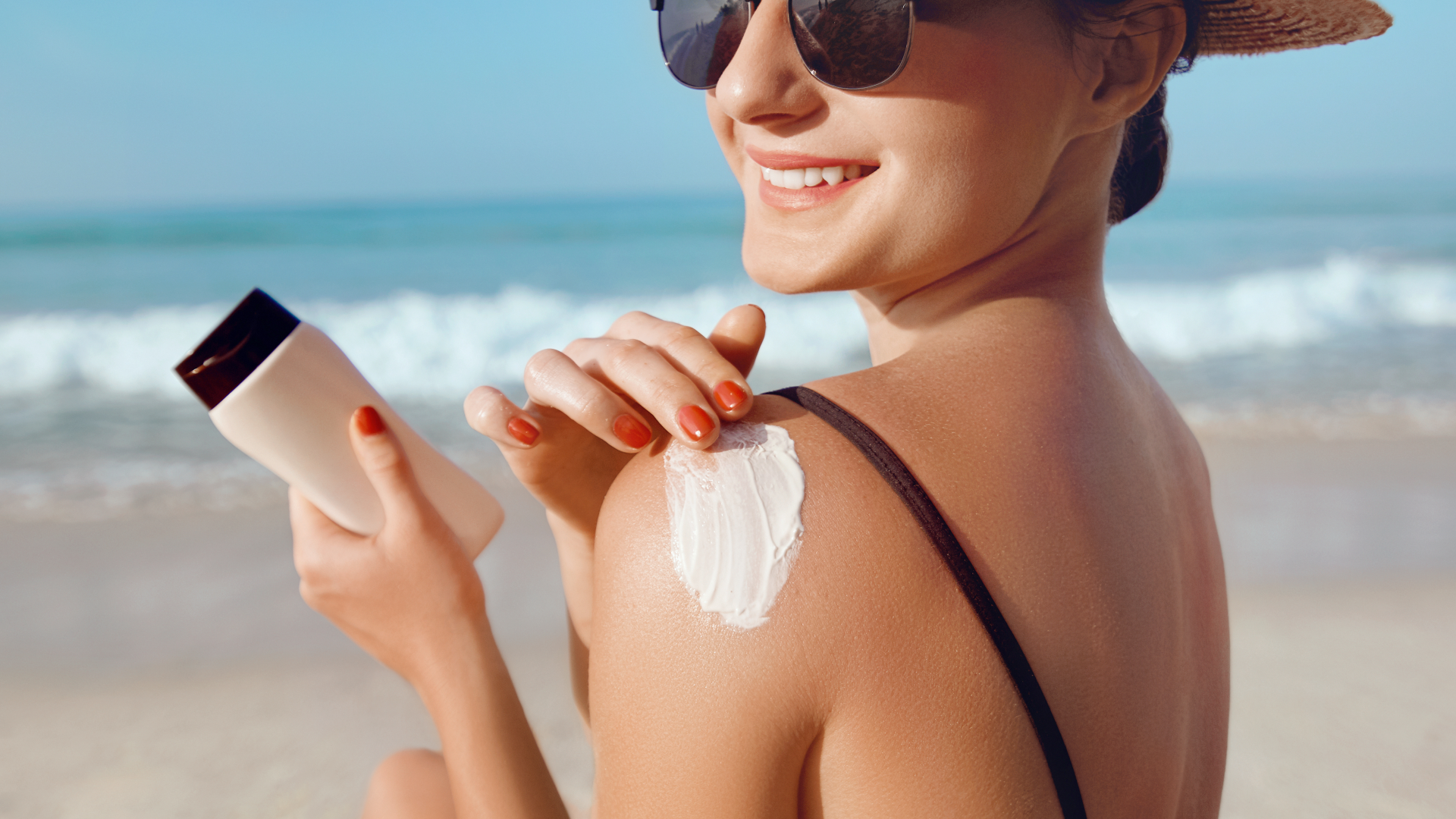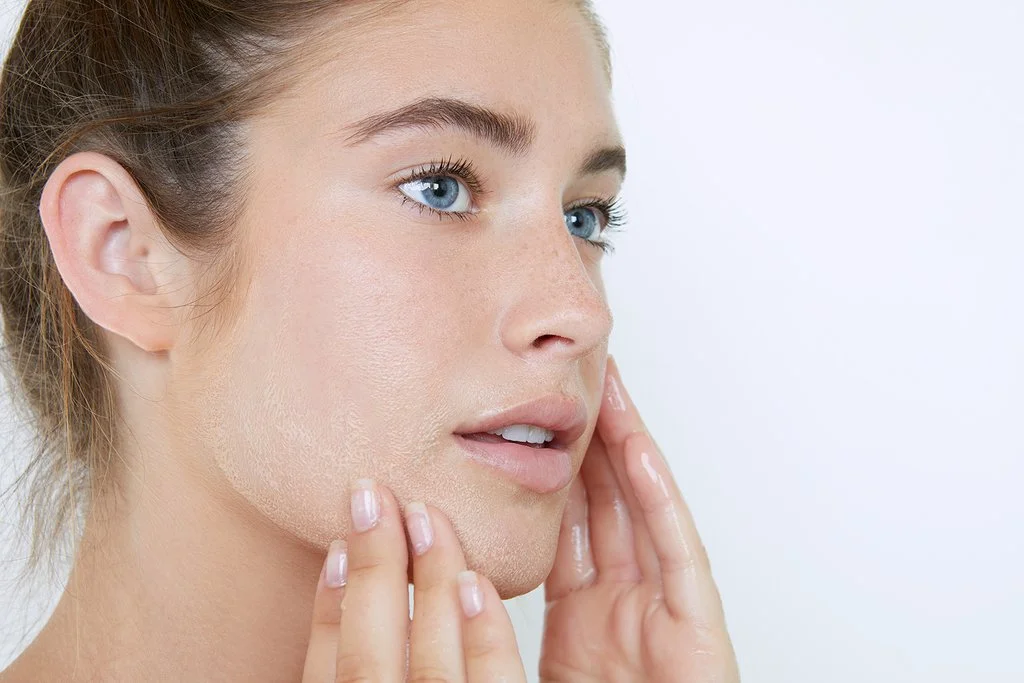Understanding the Importance of Sun Protection
In today’s world, where the sun’s harmful rays are becoming increasingly intense due to environmental factors such as ozone depletion and climate change, sun protection has never been more crucial. Sun exposure not only leads to immediate effects like sunburn but also increases the risk of long-term damage such as premature aging and skin cancer.
The Science Behind Sunscreen
Sunscreen works by incorporating active ingredients that either absorb, scatter, or reflect the sun’s harmful UV radiation. The two main types of UV radiation that sunscreen protects against are UVA and UVB rays. UVA rays penetrate deep into the skin, leading to premature aging, while UVB rays primarily cause sunburn.
Chemical sunscreens contain organic compounds that absorb UV radiation and convert it into heat, while physical sunscreens contain mineral-based ingredients like zinc oxide or titanium dioxide, which create a physical barrier that reflects and scatters UV rays away from the skin.
Choosing the Right Sun Protection Cream
Selecting the appropriate sun protection cream is essential for ensuring adequate protection against harmful UV radiation. Factors to consider include:
SPF (Sun Protection Factor)
SPF indicates the level of protection against UVB rays. Dermatologists recommend using a sunscreen with an SPF of at least 30 for daily use and higher for prolonged outdoor activities.
Broad-Spectrum Protection
Opt for a broad-spectrum sunscreen that offers protection against both UVA and UVB rays to shield your skin from various types of sun damage.
Water Resistance
If you’ll be swimming or sweating, choose a water-resistant sunscreen to ensure prolonged protection during these activities.
Skin Type
Consider your skin type and any specific concerns you may have, such as sensitivity or acne-prone skin, when selecting a sunscreen formula. Look for non-comedogenic or hypoallergenic options if you have sensitive or acne-prone skin.
How to Apply Sunscreen Effectively
Proper application of sunscreen is key to its effectiveness. Follow these steps to ensure thorough coverage:
- Apply Generously: Use enough sunscreen to cover all exposed skin adequately. For the average adult, this typically amounts to about a shot glass (1 ounce) of sunscreen.
- Reapply Regularly: Remember to reapply sunscreen every two hours, or more frequently if swimming or sweating heavily.
- Cover All Exposed Areas: Don’t forget commonly overlooked areas such as the ears, back of the neck, and tops of the feet.
- Apply Early: Apply sunscreen at least 15 minutes before going outdoors to allow it to absorb into the skin fully.
Additional Sun Protection Tips
In addition to using sunscreen, incorporate these sun protection strategies into your daily routine:
- Seek Shade: Limit your time in direct sunlight, especially during peak hours between 10 a.m. and 4 p.m.
- Wear Protective Clothing: Opt for lightweight, long-sleeved shirts, pants, and wide-brimmed hats to shield your skin from the sun.
- Use Sunglasses: Wear sunglasses with UV protection to protect your eyes from harmful UV rays.
- Avoid Tanning Beds: Artificial tanning devices emit harmful UV radiation and increase the risk of skin cancer.
Conclusion
Prioritizing sun protection is essential for maintaining healthy skin and reducing the risk of sun damage and skin cancer. By choosing the right sun protection cream and following proper application techniques, you can enjoy the sun safely while minimizing the risk of adverse effects.




